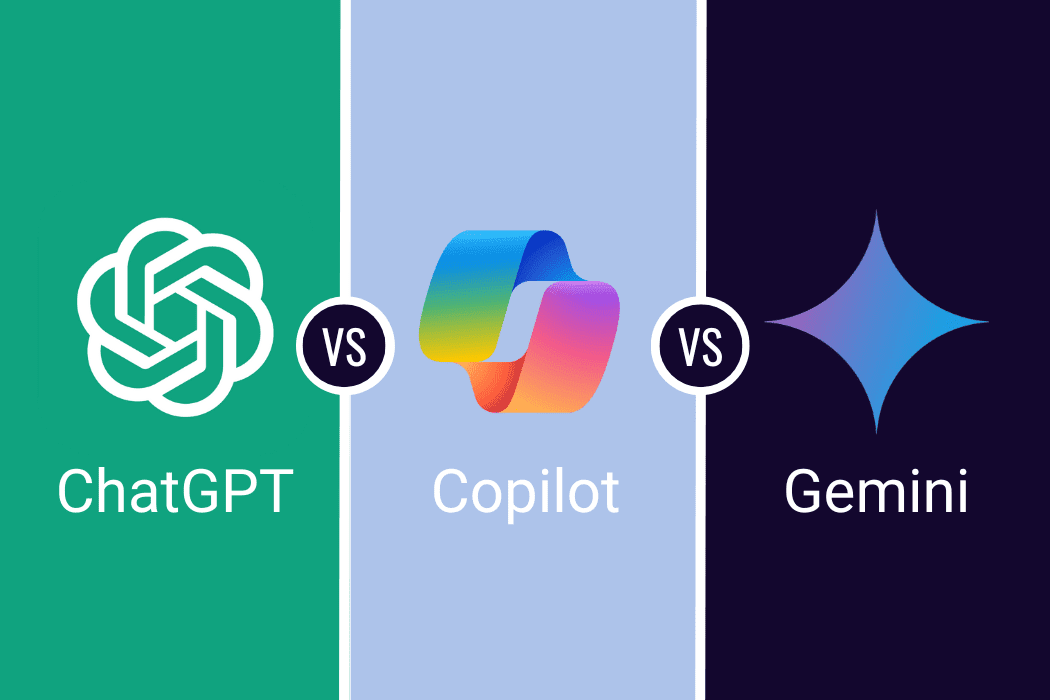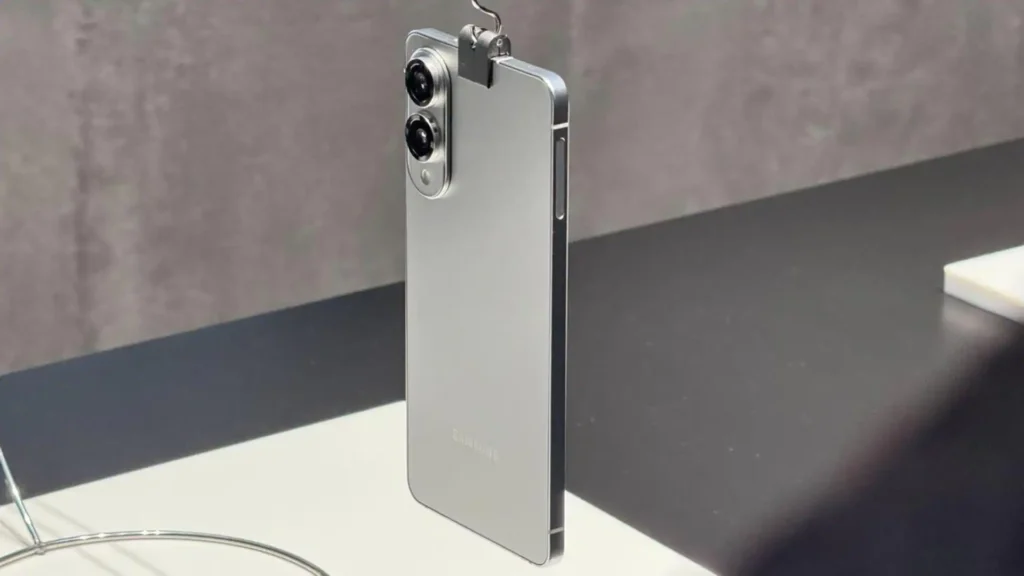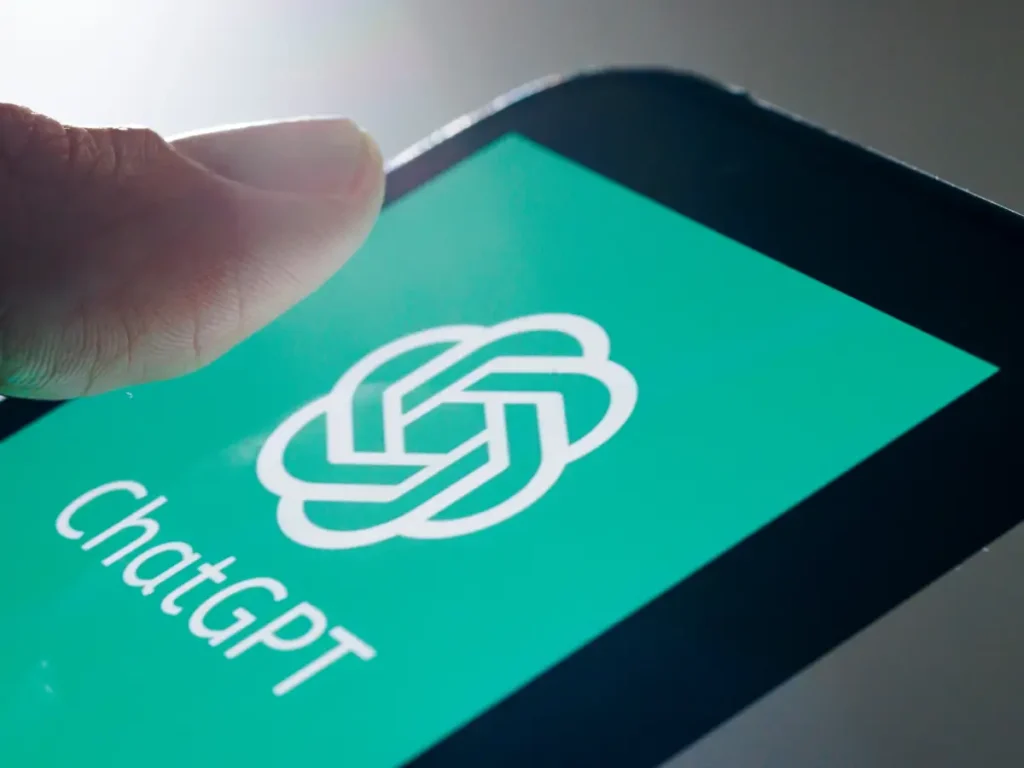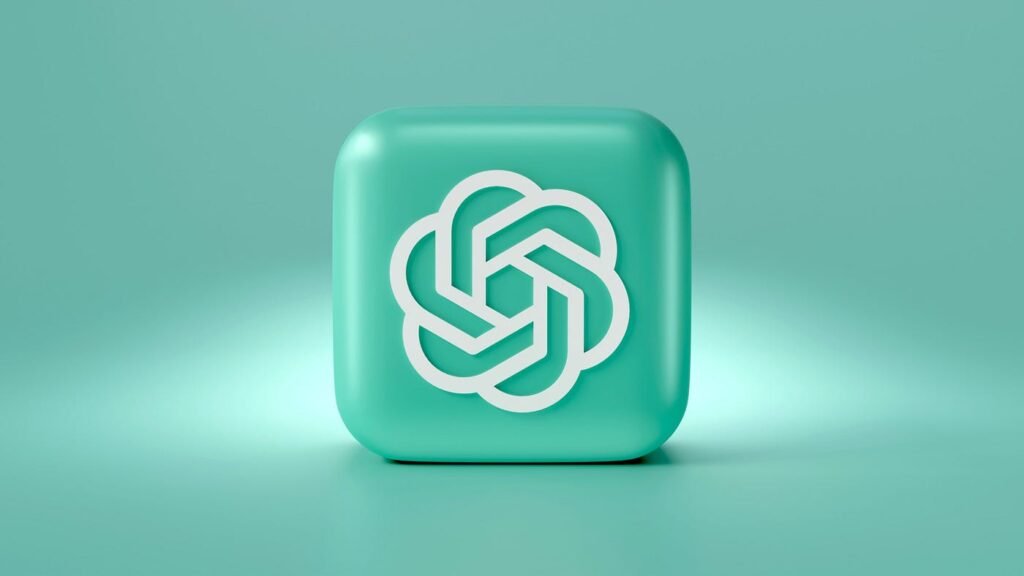Tech
Gemini Summaries Might Be Smart but Are They Smarter Than ChatGPT or Copilot
Google’s automatic email summaries in Gmail are shaking up inboxes, but how do they actually compare to other leading AI tools like Microsoft Copilot or ChatGPT?

In a bold new update, Google’s Gemini AI is stepping into your inbox uninvited—automatically summarizing long emails and threads in Gmail, whether you asked for it or not. But as this feature rolls out to Workspace mobile users globally, one question remains: Is Gemini really the smartest assistant in the inbox—or just the latest AI experiment?
Unlike earlier iterations where users had to tap “Summarize this email” in the Gemini sidebar, Google now presents AI-generated summary cards automatically at the top of your emails, especially in long threads. These summaries update live as new replies come in. Convenient? Sure. But how does it stack up against the competition—namely Microsoft’s Copilot and OpenAI’s ChatGPT?
Let’s start with usability. Gemini’s summaries are native to Gmail, meaning there’s no need for extensions, plugins, or app switching. That’s a huge win for anyone already using Google Workspace. Meanwhile, Microsoft Copilot (integrated with Outlook) also offers smart summarization, but it often requires configuration and is limited to certain licensing tiers. Copilot is deeply integrated into the broader Microsoft 365 environment, excelling in contextual understanding across emails, calendars, and documents—a level of synergy Gemini is still working toward.
On the other hand, ChatGPT, particularly when used with email plugins or extensions, is highly accurate in generating summaries, drafts, and even writing responses. However, it still requires users to copy, paste, or connect external tools—a process that isn’t seamless for the average mobile user. Gemini wins in one-tap convenience, but ChatGPT often delivers higher-quality, more nuanced summaries due to its broader model training and conversational depth.
But here’s the twist—Gemini is opt-out, not opt-in. That means users will start seeing summaries by default, unless they dig into Gmail’s settings and disable all “smart features.” In contrast, Copilot and ChatGPT require deliberate activation, keeping the user in full control. This subtle difference is massive for users concerned about data privacy, consent, and control.
And when it comes to accuracy, Gemini’s track record isn’t perfect. Google’s AI Overviews and even past Gemini rollouts have made factual errors—some even laughably wrong. Apple recently paused a similar AI summary feature for news notifications after widespread inaccuracies were reported. This underlines a growing concern: when AI is automated, it better be accurate—or it’s just another layer of confusion.
To Gemini’s credit, its email summaries are mobile-friendly, lightweight, and integrated natively, making it ideal for on-the-go professionals who need to skim updates fast. But for users requiring deep contextual understanding, editorial tone, or complex interpretation, ChatGPT still holds the upper hand.
So what’s the verdict?
- Best for Speed & Convenience: Gemini
- Best for Accuracy & Depth: ChatGPT
- Best for Enterprise Integration: Microsoft Copilot
Ultimately, Gemini’s new feature is a glimpse into how AI is reshaping productivity—but it’s not without its flaws. Google’s push to automate inbox summaries signals a future where AI tools act before we ask, for better or worse. And while that may thrill power users, it raises a critical question: Are we gaining time or losing control?
Tech
iPhone 17 vs Samsung Galaxy S25 Edge Which Flagship Will Rule 2025
With Apple betting on sleek design and faster charging and Samsung pushing AI and display power, here’s how these two titans stack up.

The iPhone 17 and Samsung Galaxy S25 Edge are shaping up to be the most talked-about smartphone flagships of 2025, and for good reason. Apple and Samsung continue to push the boundaries of innovation, but their approaches this year couldn’t be more different. Whether you’re loyal to iOS or tempted by Android, this face-off offers everything from design elegance to raw AI performance—and deciding between them might not be easy.
Let’s start with design. The iPhone 17, particularly the Air variant, is expected to debut an ultra-slim, lightweight chassis, potentially the thinnest iPhone yet. Meanwhile, the Galaxy S25 Edge is going bolder with a refined curved-edge display and a more futuristic form factor, featuring reduced bezels and a titanium-glass composite body. If you’re into sleek minimalism, Apple takes the edge. If you’re into visual impact and ergonomics, Samsung holds strong.
In terms of display technology, iPhone 17 vs Samsung Galaxy S25 Edge Which Flagship Will Rule 2025keeps its lead. The S25 Edge is rumored to feature a 6.9-inch QHD+ AMOLED panel with a 144Hz refresh rate, AI-adaptive brightness, and next-gen Eye Comfort Shield. Apple’s iPhone 17 will stick with its signature Super Retina XDR OLED display, but it’s rumored to finally adopt LTPO tech across the lineup, enabling smoother refresh rates and better battery efficiency.

When it comes to performance, the Galaxy S25 Edge will be powered by the Snapdragon 8 Gen 4 globally—a chip packed with enhanced AI capabilities and real-time language translation features. Apple, on the other hand, is expected to equip the iPhone 17 Air with the A18 chip, a slightly upgraded version of the A17 Pro, and reserve the A19 chip for the Pro models. While Apple will still offer buttery-smooth performance and deep integration with iOS, Samsung’s edge in AI-driven multitasking and productivity tools could be a deciding factor for power users.
Camera systems remain a close fight. The S25 Edge is rumored to feature a 200MP main sensor with improved night mode and 8K recording, while the iPhone 17 may retain a 48MP primary lens with computational enhancements. Apple continues to lead in color accuracy and natural processing, whereas Samsung wins with detail and optical versatility.

Where Apple may catch Samsung off guard is in charging speeds. Thanks to the rumored Qi 2.2-enabled MagSafe chargers, the iPhone 17 could support up to 50W wireless charging, rivaling or even surpassing Samsung’s current 45W wired charging. If true, Apple’s decision to boost wireless and USB-C speeds could eliminate one of the last advantages Android had over iPhones.
Both phones will come with flagship pricing, but Samsung is expected to offer more RAM and storage options even at the base level. Apple’s tightly controlled hardware-to-software ecosystem will continue to appeal to long-time iOS users, while Samsung’s flexibility, customizations, and AI-driven experience make it irresistible for Android fans.
Apple
iPhone 17 Air Could Charge at Blazing Fast Speeds with 50W Wireless Upgrade
Leaked MagSafe chargers hint at Apple’s biggest wireless charging boost ever, thanks to the new Qi 2.2 standard.

Apple’s iPhone 17 lineup is shaping up to bring one of the most exciting upgrades in recent memory—not through flashy design changes, but through blazing fast wireless charging. According to recent leaks from 91mobiles and regulatory filings in Taiwan, Apple could be ready to roll out 50W wireless charging support via its next-gen MagSafe chargers powered by the Qi 2.2 standard.
That’s right—while the ultra-slim iPhone 17 Air is expected to have a thinner battery (which usually means more frequent charging), Apple seems to be solving that problem in the most Apple way possible: by dramatically speeding up MagSafe charging.
The leaks point to two upcoming MagSafe models, reportedly labeled A3502 and A3503, submitted to Taiwan’s NCC regulatory body. Though the puck-style design remains familiar, these chargers will reportedly be capable of delivering up to 45W of wireless power, a giant leap from the 15W limit on current Qi 2.0 devices, and even beyond the 30W ceiling seen in the iPhone 16 series.
The real game-changer here is the Qi 2.2 standard, which promises not just higher wattage, but also improved efficiency, better magnetic alignment, and enhanced backward compatibility. That means faster charging for newer models like the iPhone 17 Air, without sacrificing support for older MagSafe-compatible devices.
Now, will Apple actually allow the full 50W wireless experience? That remains to be seen. The Cupertino giant has a history of keeping power under tight control, often capping performance to maintain battery health. Still, if the iPhone 17 Air even hits 40W–45W wirelessly, it would bring Apple neck-and-neck with Android flagships that have long dominated the fast-charging space.
Even more exciting, if Apple boosts wireless speeds, it’s likely we’ll see a similar USB-C charging bump—a huge win for power users and those constantly on the go.
All signs point to Apple saving this MagSafe surprise for the official iPhone 17 reveal later this year, possibly alongside other hardware announcements. If true, the iPhone 17 Air could become the most convenient iPhone ever for battery-conscious users, combining sleek portability with charging speeds once thought impossible on an Apple device.
AI
Top 5 Mind Blowing Features of ChatGPT You’re Probably Not Using Yet
From writing your code to remembering your favorite coffee order, ChatGPT’s latest features are redefining what it means to have an AI assistant.

In the ever-evolving world of AI, ChatGPT by OpenAI remains one of the most powerful and accessible tools available to users across the globe. But beyond just answering questions or writing essays, ChatGPT is now packed with features that many users haven’t even discovered yet. Whether you’re a student, entrepreneur, coder, or content creator, these top 5 features of ChatGPT in 2025 are total game changers.

1. Memory That Remembers You
One of the most revolutionary updates to ChatGPT is its Memory feature—available to ChatGPT Plus users. This allows the AI to remember facts about you, your preferences, and past conversations. Whether it’s your writing tone, favorite tools, or the fact that you hate semicolons in your code, ChatGPT tailors responses to your style over time.
You can manage memory easily and even wipe it clean if you want a fresh start. Think of it as a personal AI that grows smarter the more you use it.
2. Advanced Data Analysis and File Uploads
ChatGPT now lets you upload documents, spreadsheets, and PDFs, and it can analyze data, extract insights, create summaries, and generate charts in seconds.
Whether you’re a student reviewing a research paper, a marketer analyzing campaign data, or a founder preparing reports, this feature makes handling complex files effortless.
3. Custom GPTs for Anything You Imagine
With the introduction of Custom GPTs, OpenAI now allows users to build their own version of ChatGPT—no coding required. You can fine-tune behavior, add custom instructions, or even integrate third-party APIs to make it act like a travel planner, writing coach, or coding mentor.
There’s also a public Explore GPTs store where users can browse community-created GPTs and use them instantly. This opens a world of possibilities where everyone can create their own AI assistant.

4. Deep Web Browsing Capability
Unlike older versions, ChatGPT Plus now comes equipped with web browsing capabilities. This means the AI can search the internet in real time, provide up-to-date information, and cite sources for its findings. It’s ideal for news, research, product comparisons, or anything that goes beyond its knowledge cut-off.
No more worrying about outdated info—ChatGPT is now as current as your browser tab.
5. Code Interpreter aka Python Sandbox (a.k.a. “Advanced Tools”)
ChatGPT’s built-in code interpreter—also known as Python sandbox or Advanced Data Analysis (ADA)—is a hidden gem. It can run calculations, generate plots, clean datasets, and even write complex functions live within your conversation.
It’s especially loved by data scientists and engineers, but even non-coders can use it to automate tasks or visualize data with just a simple prompt.

Final Thoughts
In 2025, ChatGPT is no longer just a chatbot—it’s a versatile AI platform designed to make your life smarter, faster, and more efficient. From personalized memory and coding tools to web browsing and custom AI assistants, these features are only scratching the surface of what’s possible.
Whether you’re using ChatGPT for work, study, or just curiosity, these five features will help you unlock its full potential—and maybe even replace a few apps on your device along the way.
-

 Sports1 week ago
Sports1 week agoBlue Jays Humiliated in Tampa as John Schneider’s Comments Raise Eyebrows
-

 Personality5 days ago
Personality5 days agoDonald Trump’s net worth reveals the fortune behind the former US President and business mogul
-

 Entertainment6 days ago
Entertainment6 days agoTop 5 Oscar Moments That Shook Hollywood and the World
-

 Entertainment5 days ago
Entertainment5 days agoJonathan Joss Shot Dead at 59 in Texas Tragedy His Husband Says Was Hate-Fueled Crime
-

 Tech1 week ago
Tech1 week agoTop 7 AI Tools Every Corporate Employee Should Use in 2025.
-

 Films5 days ago
Films5 days agoRobert Pattinson’s Top 5 Films That Showcase His Evolution from Teen Idol to Indie Icon
-

 Personality5 days ago
Personality5 days agoLionel Messi’s Net Worth Revealed and How the Football Legend Built His Multi-Million Dollar Fortune
-

 Films6 days ago
Films6 days agoJames Gunn’s Net Worth Revealed How the Filmmaker Built His Fortune
























